
Beer is one of the oldest types of alcoholic drinks in the world, and the most widely consumed. It is the third most popular drink overall after potable water and tea. It is produced by the brewing and fermentation of starches, mainly derived from cereal grains—most commonly malted barley, though wheat, maize (corn), rice, and oats are also used. During the brewing process, the fermentation of the starch sugars in the wort produces ethanol and carbonation in the resulting beer. Most modern beer is brewed with hops, which add bitterness and other flavours and act as a natural preservative and stabilising agent. Other flavouring agents, such as gruit, herbs, or fruits, may be included or used instead of hops. In commercial brewing, the natural carbonation effect is often removed during processing and replaced with forced carbonation.
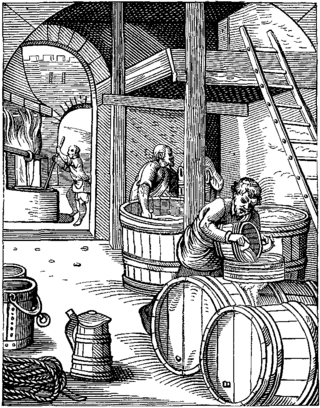
Brewing is the production of beer by steeping a starch source in water and fermenting the resulting sweet liquid with yeast. It may be done in a brewery by a commercial brewer, at home by a homebrewer, or communally. Brewing has taken place since around the 6th millennium BC, and archaeological evidence suggests that emerging civilizations, including ancient Egypt, China, and Mesopotamia, brewed beer. Since the nineteenth century the brewing industry has been part of most western economies.

Kvass is a fermented cereal-based low-alcohol beverage with a slightly cloudy appearance, light-brown colour, and sweet-sour taste.

Homebrewing is the brewing of beer or other alcoholic beverages on a small scale for personal, non-commercial purposes. Supplies, such as kits and fermentation tanks, can be purchased locally at specialty stores or online. Beer was brewed domestically for thousands of years before its commercial production, although its legality has varied according to local regulation. Homebrewing is closely related to the hobby of home distillation, the production of alcoholic spirits for personal consumption; however home distillation is generally more tightly regulated.

In brewing and distilling, mashing is the process of combining a mix of ground grains – typically malted barley with supplementary grains such as corn, sorghum, rye, or wheat – known as the "grain bill" with water and then heating the mixture. Mashing allows the enzymes in the malt to break down the starch in the grain into sugars, typically maltose to create a malty liquid called wort.

In brewing, adjuncts are unmalted grains or grain products used in brewing beer which supplement the main mash ingredient. This is often done with the intention of cutting costs, but sometimes also to create an additional feature, such as better foam retention, flavours or nutritional value or additives. Both solid and liquid adjuncts are commonly used.
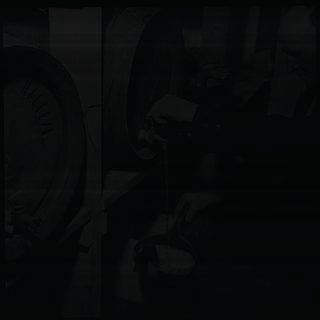
Beer in Norway has a long history, stretching back more than a millennium. Until some 200 years ago, most farms where it was possible to grow grain south of the Arctic Circle, brewed their own beer. From the early 20th century brewing was industrialized and home brewing was restricted. Significant consolidation in the brewing sector reduced the number of major breweries to just a handful. With the exception of the farmhouse ales, most beer styles brewed in Norway trace their ancestry to central Europe.

Allagash Brewing Company is a brewery in Portland, Maine. The brewery specializes in Belgian style beers.

Rye beer is a beer in which rye is substituted for some portion of the malted barley.
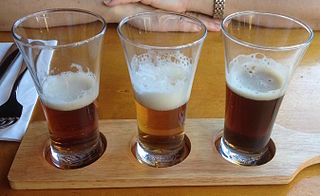
Beer styles differentiate and categorise beers by colour, flavour, strength, ingredients, production method, recipe, history, or origin.

Mash ingredients, mash bill, mashbill, or grain bill are the materials that brewers use to produce the wort that they then ferment into alcohol. Mashing is the act of creating and extracting fermentable and non-fermentable sugars and flavor components from grain by steeping it in hot water, and then letting it rest at specific temperature ranges to activate naturally occurring enzymes in the grain that convert starches to sugars. The sugars separate from the mash ingredients, and then yeast in the brewing process converts them to alcohol and other fermentation products.
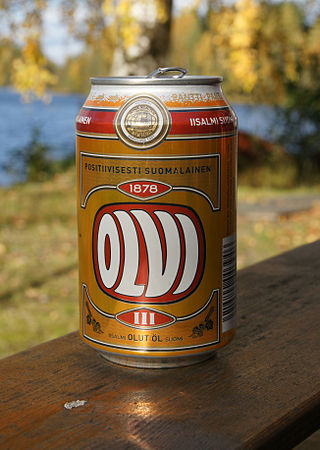
Finland has a long history of beer dating back to the Middle Ages. The oldest still-existing commercial brewery in Finland and Nordic countries is Sinebrychoff, founded in 1819. The Finnish Beer Day is celebrated on 13 October to commemorate the founding of the Sinebrychoff brewery and the birth of Finnish beer. The largest Finnish brewers are Hartwall, Olvi and Sinebrychoff. Most of the beers brewed in Finland are pale lagers. Finland's standing is 9th in per capita consumption of beer. Finnish people consume a total of 440 ML of beer annually and the trend is increasing by 11.7 633 mL bottles year-on-year per capita.

Alvinne is a small brewery in the hamlet of Moen near the Belgian city of Zwevegem, founded in 2002.

Farmhouse ale is an ancient European tradition where farmers brewed beer for consumption on the farm from their own grain. Most farmers would brew for Christmas and/or the late summer work, but in areas where they had enough grain farmers would use beer as the everyday drink.

A brewery or brewing company is a business that makes and sells beer. The place at which beer is commercially made is either called a brewery or a beerhouse, where distinct sets of brewing equipment are called plant. The commercial brewing of beer has taken place since at least 2500 BC; in ancient Mesopotamia, brewers derived social sanction and divine protection from the goddess Ninkasi. Brewing was initially a cottage industry, with production taking place at home; by the ninth century, monasteries and farms would produce beer on a larger scale, selling the excess; and by the eleventh and twelfth centuries larger, dedicated breweries with eight to ten workers were being built.
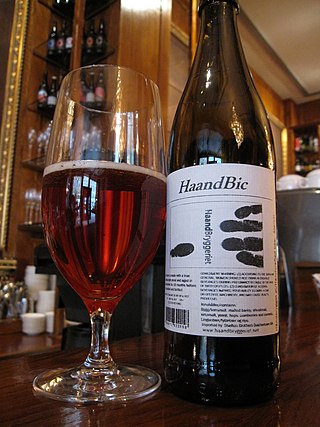
Sour beer is beer which has an intentionally acidic, tart, or sour taste. Sour beer styles include Belgian lambics and Flanders red ale and German Gose and Berliner Weisse.
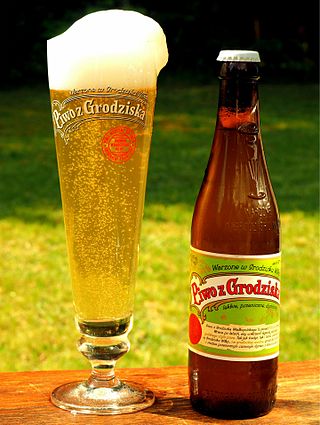
Grodziskie is a historical beer style from Poland made from oak-smoked wheat malt with a clear, light golden color, high carbonation, low alcohol content, low to moderate levels of hop bitterness, and a strong smoke flavor and aroma. The taste is light and crisp, with primary flavors coming from the smoked malt, the high mineral content of the water, and the strain of yeast used to ferment it. It was nicknamed "Polish Champagne" because of its high carbonation levels and valued as a high-quality beer for special occasions.
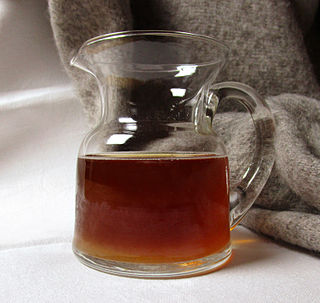
Gotlandsdricka is a traditional homebrewed alcoholic beverage made on the island of Gotland, Sweden. It is a kind of ale, closely related to the Finnish sahti, and Norwegian Maltøl with a smoky, bitter-sweet, spicy (juniper) flavor. It is similar to gruit.

Beer has been brewed in Estonia for over a thousand years. The first written reference to beer in what is now Estonia dates to 1284. In Estonian, beers are often described as hele (pale) or tume (dark).
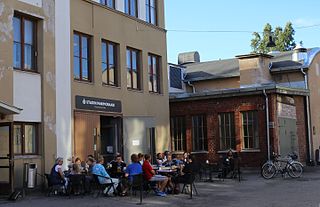
Stadin Panimo is a craft brewery based in Suvilahti in Helsinki, Finland, founded in 1998. The brewery produces over 100 thousand litres of beverages per year. The brewery's products are widely sold in retail stores and in Alko stores.




















